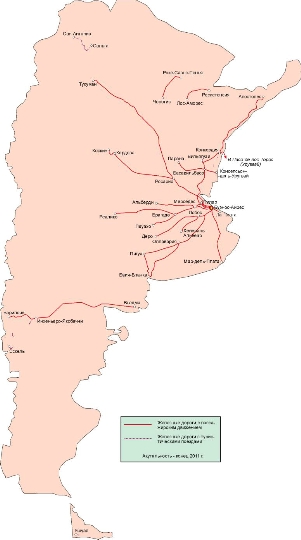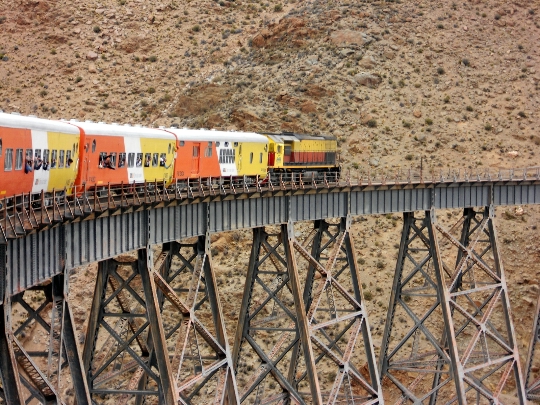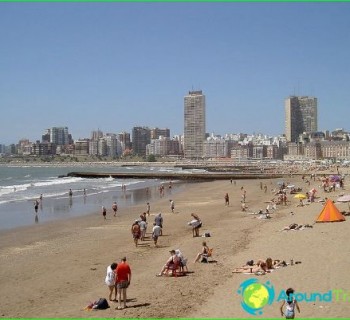Argentina Railways

Argentina's railways are in decline. Earlier they were of great importance for the development of the economy. Thanks to the railway system, the country was able to become one of the largest exporters of products (beef, wheat, etc.). In the old days, railways were built and owned by British organizations that received concessions from the Argentine government. Currently, the railway sector is in need of modernization. Many tracks have fallen into disrepair, and trains are constantly late. Some directions have ceased to be used.
Development of the railway sector
Railways fell into disrepair after privatization. After that, the quality of service in the system deteriorated significantly, and some trains were canceled. Different parts of the roads were given to different companies for long periods. Despite the poor technical condition of the trains, passenger traffic exists and is popular. Railways play an important role in the transport system of the state. For up-to-date information on routes, please visit sateliteferroviario.com.ar.
Argentina's railways are about 34 thousand kilometers long. They are unevenly distributed over the territory of the state. The disadvantage of the railway system is the multi-gauge tracks. Argentina ranks 1st in terms of passenger traffic among Latin American countries. Freight turnover here is not as intensive as in Mexico and Brazil..
Transportation of goods is the main purpose of the Argentine railways. Passenger trains move slowly and are not comfortable. Long-distance trains travel across the country along the following routes: Buenos Aires - Cordoba, Buenos Aires - Bahia Blanca, etc. The center of the railway network is Buenos Aires. Plains occupy most of the country. Therefore, there is a developed network of highways. Highways stretch for 400 thousand km.
Passenger Transportation
A dense and extensive transport network enmeshes the most developed region of Pampa. Argentine trains have three classes for passengers: air-conditioned carriages, first class with sleeping places and second class. Railway tariffs are affordable, which determines the high demand for railway transport services. A train ride is several times cheaper than a bus ride on a similar route. The cheapest class is the Turista carriage, which is available on all passenger trains. It is equipped with soft seats, but resembles a commuter train. The next class is the Primera, in which the comfort level is slightly higher..



